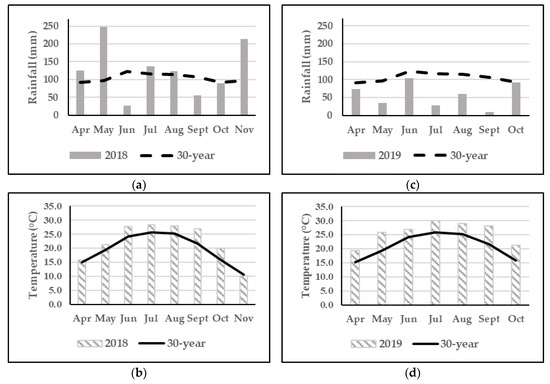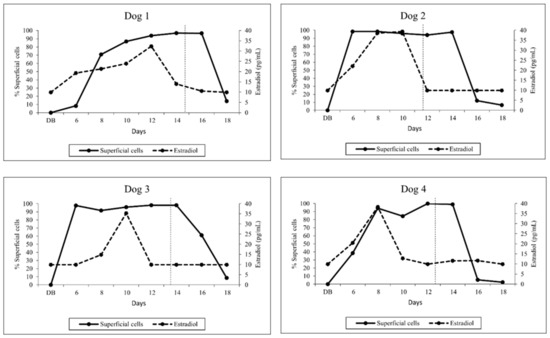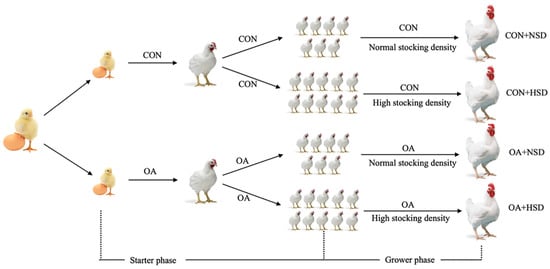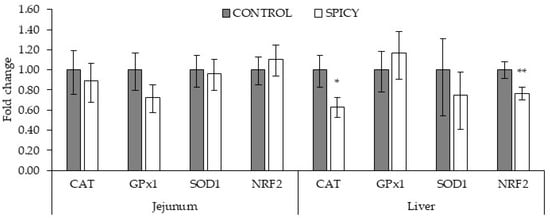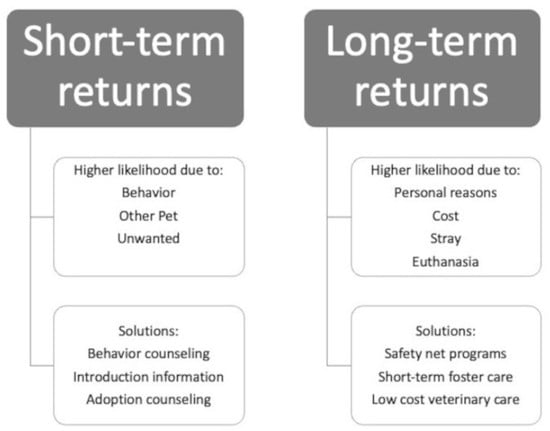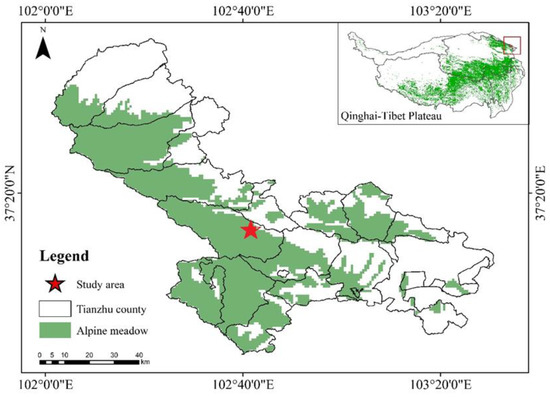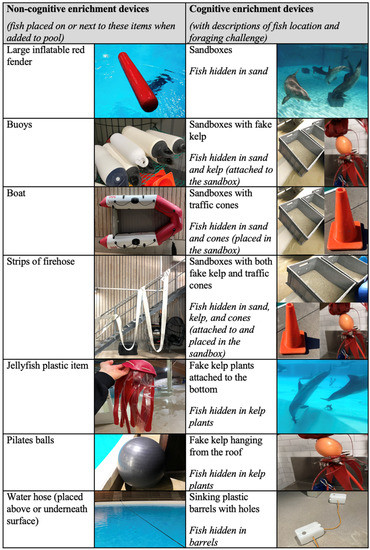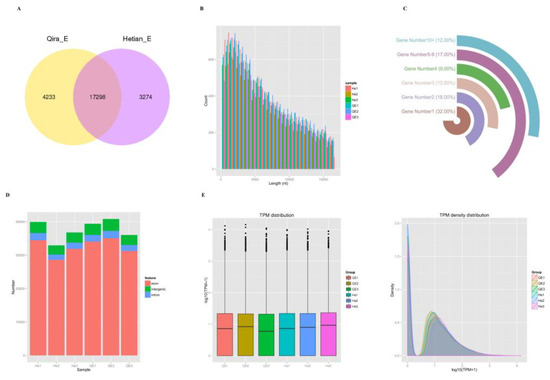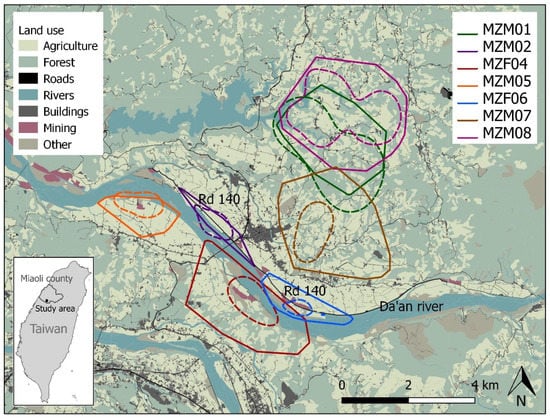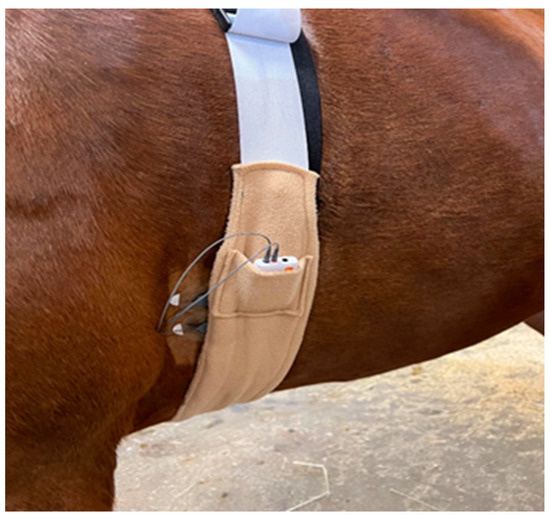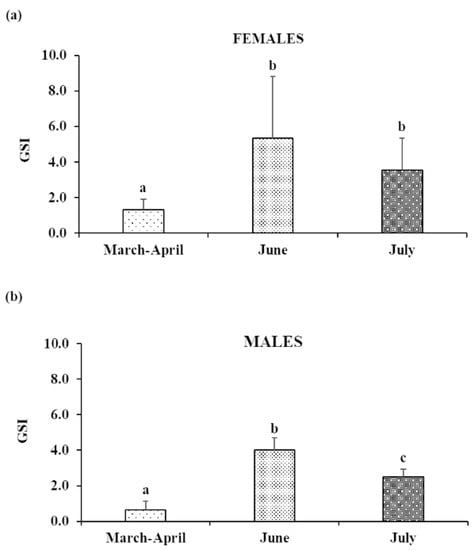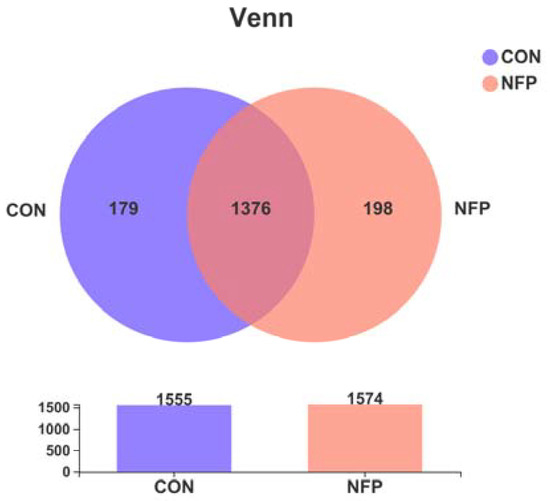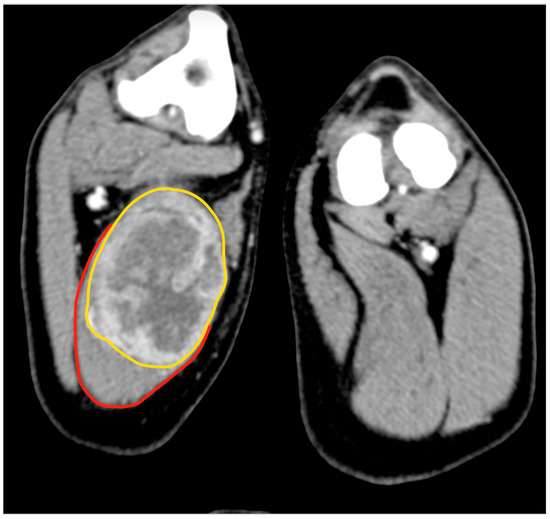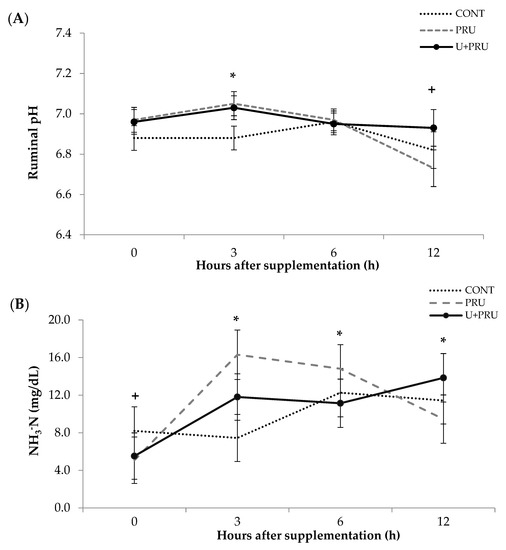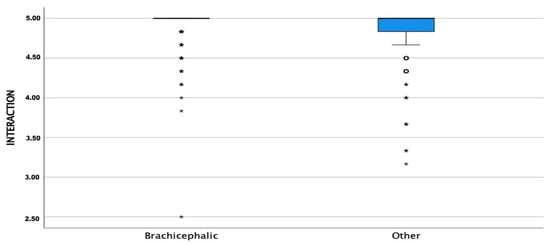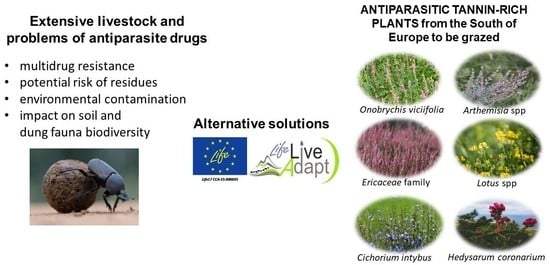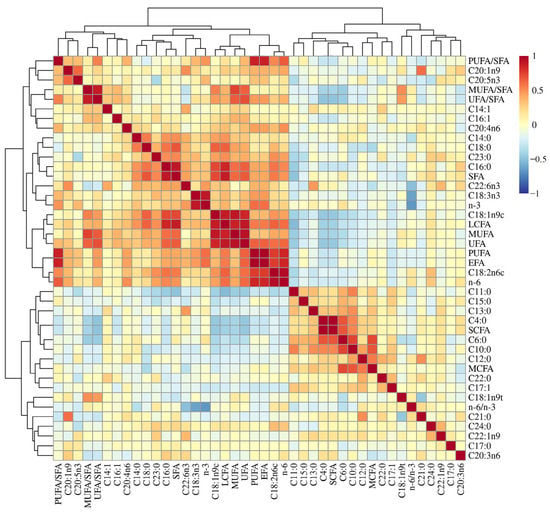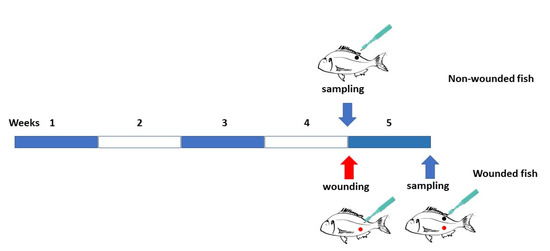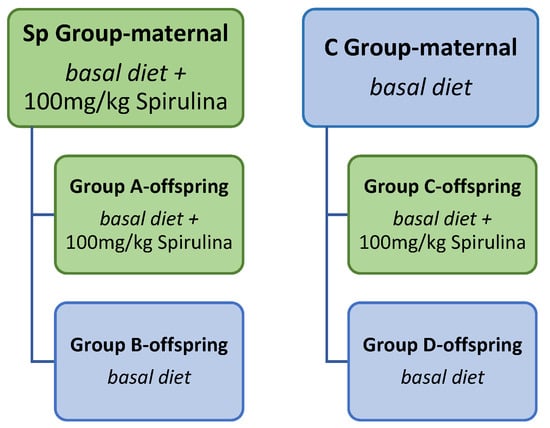Animals 2023, 13(2), 262; https://doi.org/10.3390/ani13020262 - 12 Jan 2023
Cited by 3 | Viewed by 2044
Abstract
Our previous study reported that N-acetylcysteine (NAC) administration improved the function of intestinal absorption in piglets infected with porcine epidemic diarrhea virus (PEDV). However, the effects of NAC administration on the functions of other tissues and organs in PEDV-infected piglets have not been
[...] Read more.
Our previous study reported that N-acetylcysteine (NAC) administration improved the function of intestinal absorption in piglets infected with porcine epidemic diarrhea virus (PEDV). However, the effects of NAC administration on the functions of other tissues and organs in PEDV-infected piglets have not been reported. In this study, the effects of NAC on the liver, spleen, lung, lymph node, and gastrocnemius muscle in PEDV-infected piglets were investigated. Thirty-two 7-day-old piglets with similar body weights were randomly divided into one of four groups: Control group, NAC group, PEDV group, and PEDV+NAC group (eight replicates per group and one pig per replicate). The trial had a 2 × 2 factorial design consisting of oral administration of 0 or 25 mg/kg body weight NAC and oral administration of 0 or 1.0 × 104.5 TCID50 PEDV. The trial lasted 12 days. All piglets were fed a milk replacer. On days 5–9 of the trial, piglets in the NAC and PEDV + NAC groups were orally administered NAC once a day; piglets in the control and PEDV groups were orally administered the same volume of saline. On day 9 of trial, piglets in the PEDV and PEDV+NAC groups were orally administrated 1.0 × 104.5 TCID50 PEDV, and the piglets in the control and NAC groups were orally administrated the same volume of saline. On day 12 of trial, samples, including of the liver, spleen, lung, lymph node, and gastrocnemius muscle, were collected. PEDV infection significantly increased catalase activity but significantly decreased the mRNA levels of Keap1, Nrf2, HMOX2, IFN-α, MX1, IL-10, TNF-α, S100A12, MMP3, MMP13, TGF-β, and GJA1 in the spleens of piglets. NAC administration ameliorated abnormal changes in measured variables in the spleens of PEDV-infected piglets. In addition, NAC administration also enhanced the antioxidant capacity of the mesenteric lymph nodes and gastrocnemius muscles in PEDV-infected piglets. Collectively, these novel results revealed that NAC administration improved the redox and functional gene expression levels in the spleen, mesenteric lymph nodes, and gastrocnemius muscle in PEDV-infected piglets.
Full article
(This article belongs to the Section Animal Nutrition)

